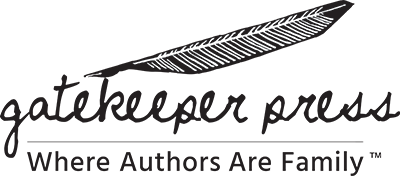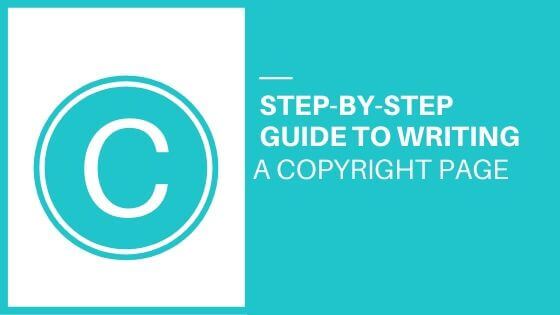Most of us pay little attention to the copyright page of a book. In fact, other than checking what year a book was published, our eyes probably just scan over the rest of the legalistic-sounding content on this page as we rush forward to read the introduction.
In actuality, however, the copyright page contains important documentation of the legal aspects related to the published material, including those of a self-published book.
A book’s copyright page functions symbiotically, where the reader and author join together into a quasi-legal agreement that ultimately protects the author’s intellectual property rights. This important front matter appears on the reverse of the title page in a hard copy book, or on the page following the title page in an e-book.
The copyright page includes multiple data points related to the publication of the book. The data are useful for librarians, bulk book buyers, and to other authors who might desire referencing your book in their own literary works.
Although there is no set formula that dictates the specific information to be presented on the copyright page, there are some handy templates available that provide guidelines to help simplify the process.
What’s Traditionally Included on a Copyright Page in a Book?
First, it is notable that, although the word “copyright” with or without the © symbol is mandatory on this page, it is not required that the author register their work with the U.S. Copyright Office. Regardless of whether an author has taken that step or not, their written work is protected by law from the moment it is created. Registering the copyright simply offers additional protection should copyright infringement litigation ever be entered in to.
Elements that may appear on a book copyright page include:
Copyright notice.
The word “copyright” is followed by the year of publication and the author’s name and is in force for the period of a lifetime plus 70 years.
Rights and permissions.
The words “All rights reserved” indicates that the author may publish any excerpts or distribute the material in any way and that others must request permission if they want to use any part of the book.
ISBN.
The International Standard Book Number is a 13-digit code that catalogues the book for listing, stocking or selling purposes. ISBNs can be purchased at bowker.com. They come included for authors publishing with Gatekeeper Press.
Disclaimer.
A disclaimer, such as “This is a work of fiction. Any resemblance to actual events or persons, living or dead, is entirely coincidental,” offers additional protection from lawsuits or claims of libel.
Library of Congress.
The Library of Congress Control Number (LCCN) is a unique identifier used by librarians to catalogue the books. This is an optional step and requires that author to follow up by mailing a print copy of their book to the Library of Congress.
Edition.
A simple line that states the book is First Edition, 2nd Edition, and so on.
Credits.
List illustrators, cover designers, or others who have contributed to the book.
Country of origin.
If the book is printed outside the U.S. that country should be noted. If it is printed within the U.S. this step is optional, but should read “the United States of America.”
Author website.
Here the author can provide their website URL.
Publisher’s address.
A self-published book may contain the author’s address or the author’s imprint.
Is a Self-Published Book Copyright Page Different?
While the copyright page of a self-published book will lack the identifying information of a publishing house, other than possibly a self-published author’s own imprint, the function of the copyright page is identical to a book published traditionally.
A self-published author can include all the same information on their copyright page as a traditionally published author, but they also have the freedom to omit certain elements not deemed pertinent to the literary work.
Example of a Self-Published Book Copyright Page Template
Learning how to write a copyright page for a self-published book can be as simple as following a template. Consider this template for your self-published book:
Copyright © 2020 by [name]
All rights reserved.
No part of this book may be reproduced or used in any manner without the written permission of the copyright owner except for the use of quotations in a book review.
ISBN [enter 13 digit number]
Library of Congress Control Number (optional)
Cover design by [artist name], editing by [editor name]
Disclaimer (optional)
Printed in [the United States of America (optional) or whichever country]
Edition [First printing edition, or whichever]
For more information, contact the author at [URL]
Learn More About What’s Required to Publish Your Book
To properly create your copyright page, or for invaluable guidance on all aspects of the self-publishing process, don’t just try to wing it. Instead, reach out to the editing team at Gatekeeper Press for a professional, first-rate self-publishing outcome. Call us today!

